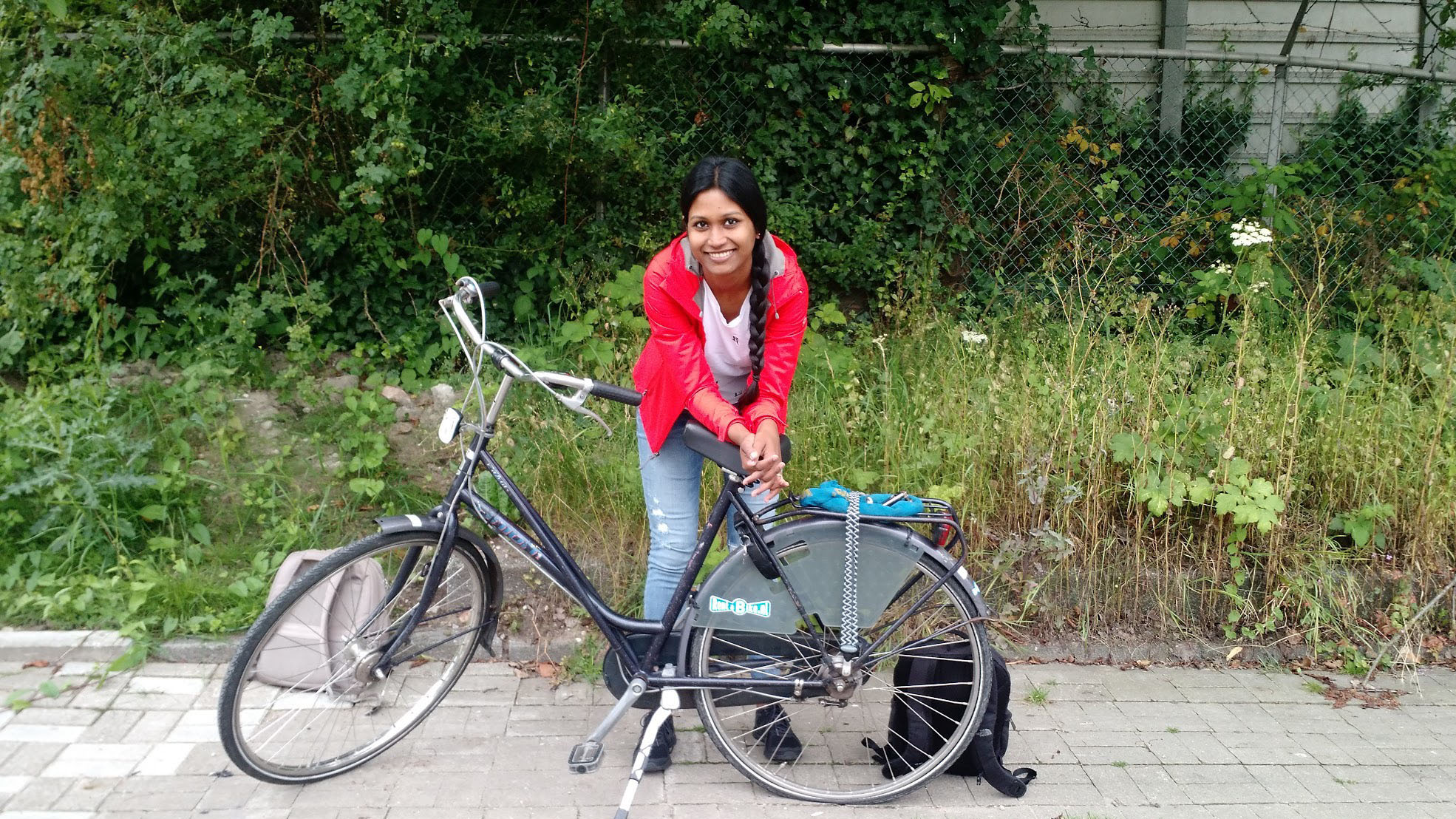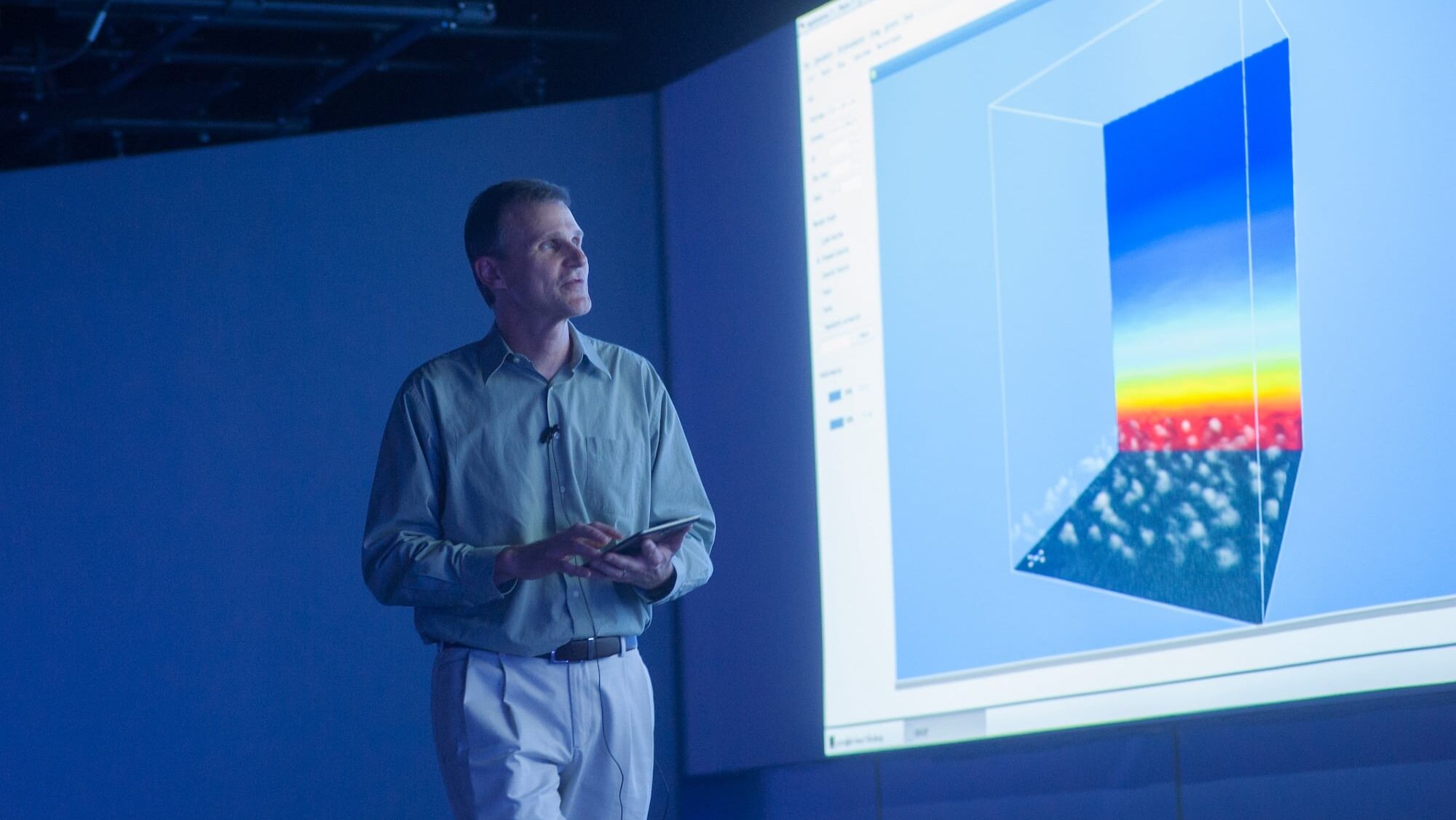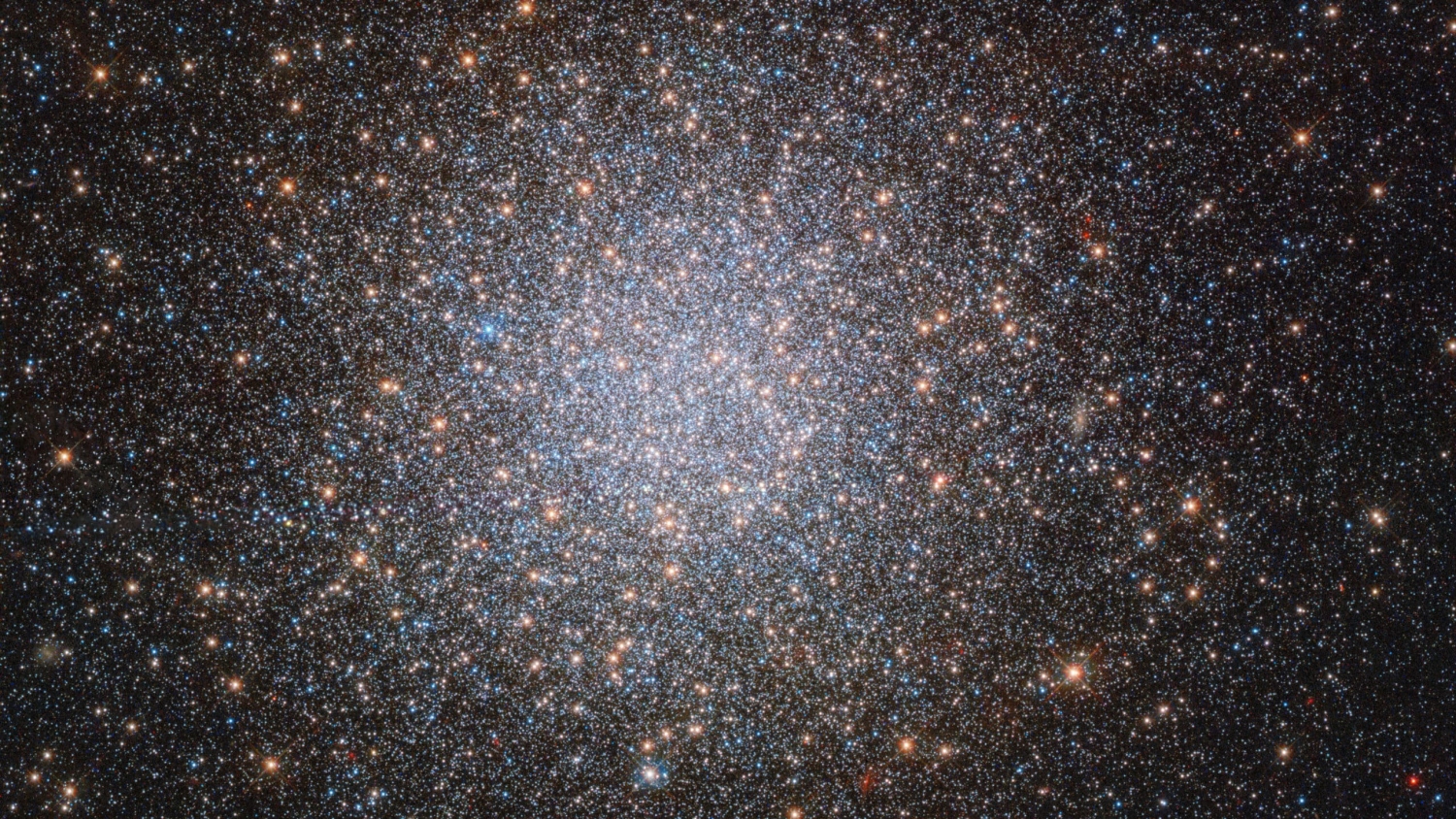Adventures Abroad
A physics graduate student chronicles her five-week European summer of research and learning.

This article was submitted by Sanjana Curtis, a Ph.D. student in the Department of Physics.
Over a decade since I had last ridden a bike, I found myself standing in a parking lot in Amsterdam last summer, committed to cycling around the bustling city for two whole weeks. Twenty other students from across the world stood near me, also heading to the University of Amsterdam. Despite a little nervousness and a mishap with a flat tire, I made it safely (and only a little late) to campus to begin my summer of research and adventure.
I am a Ph.D. student in the Department of Physics, doing nuclear astrophysics research in Carla Fröhlich’s group. I focus on the synthesis of elements in astrophysical explosions (like supernovae and neutron star mergers) as well as on the behavior of fundamental particles called neutrinos.
Most days, you’ll find me sitting in front of a computer, translating physics into code, running simulations and analyzing data. Summer, however, is different. This is when many conferences and workshops are held, giving academics the chance to share our work and get input from others in our field. This summer, I was fortunate enough to spend five full weeks in Europe, between a summer school, two research visits and a conference.
My first stop was the Advancing Theoretical Astrophysics (ATA) school in the Netherlands. I was one of 50 students chosen to attend this intensive two-week program at the University of Amsterdam. Many leading astrophysicists came together to mentor us and teach us fundamental skills needed for theoretical work.
Amsterdam is absolutely charming, and I found myself heading outside even when tired after a full day of classes. My cute little apartment, I came to learn, used to be a shipping container!
The ATA summer school was an incredible experience given the sheer amount of information and resources made available to us by our mentors. However, equally important was the fact that, between us, the students represented dozens of nationalities and truly diverse backgrounds. Like many other STEM fields, astrophysics is not particularly diverse, and I am used to being one of a handful of women in a room. Seeing so many people with different life experiences gathered together, asking the same questions about the universe, had a profound emotional impact on me. I was sorry to say goodbye when the school ended.

I hopped on a plane to Berlin next, heading to the Albert Einstein Institute (AEI) in Potsdam, Germany. The AEI is somewhat remote, the last stop on the bus line, with nothing but large swaths of farmland beyond. I was there to visit the relativistic astrophysics group and to give my first-ever seminar talk!
The postdocs at the AEI made me feel instantly welcome with their genuine interest in my life and work. They also shepherded me around Potsdam and Berlin and tipped me off as to what I should eat at the canteen.
I discussed my research on both core-collapse supernovae and neutron star mergers with them. In turn, they told me about the many exciting things they are working on. These discussions led me to examine my own work more deeply — a key sign of a good research visit. I even had time to squeeze in some sightseeing, including a visit to Sanssouci, the summer palace of Frederick the Great.

My next destination was the Theoretical Physics Institute (TPI) in Jena, Germany, a small city home to the Friedrich-Schiller University. I was there to meet the wonderful numerical relativity research group and give another seminar talk. Learning about their sophisticated simulations left my head buzzing with all sorts of new ideas and questions.
Fortunately, I would have the chance to run them by preeminent experts in the field very soon! Astrophysicists from around the world had started arriving in Jena that weekend to attend the Microphysics in Computational Relativistic Astrophysics (MICRA) conference.
My adviser, another professor, a postdoc and a graduate student from NC State joined me in Jena. After a month of travel, it was really comforting to see four familiar faces! MICRA focuses on the nuclear and neutrino physics of astrophysical phenomena, so there was strong Wolfpack representation, including Jim Kneller, Sherwood Richers and C.J. Stapleford, who gave excellent talks.
I had been invited by the conference organizers to talk about nucleosynthesis in core-collapse supernovae — the first such invitation for me, and quite an honor! My talk was on the last day of the conference and my 36th day of living out of a suitcase. I was undeniably nervous standing in front of so many well-known experts that day, but when I started discussing the science I care about, I simply forgot to worry about my ego.
I returned to Raleigh exhausted but immensely grateful. I had joined the physics program a few years ago feeling a bit like an outsider — a foreigner with an electrical engineering degree and the only woman in my graduate class. I did not know whether I would succeed in physics or in research. Today, I’m surrounded by exceptional scientists and mentors who have made it clear that I do belong here. I am not only doing cutting-edge research but also sharing it with the world, something I could only dream of before coming to NC State.
Graduate school has been incredibly rewarding for me, thanks to continuous encouragement from my mentors in the Department of Physics. This is not a universal experience for graduate students everywhere, and we must stay vigilant that our hard work is actually serving our goals. In a supportive environment, with some luck and humor, we can go much farther than we think and find ourselves in lots of interesting places.


